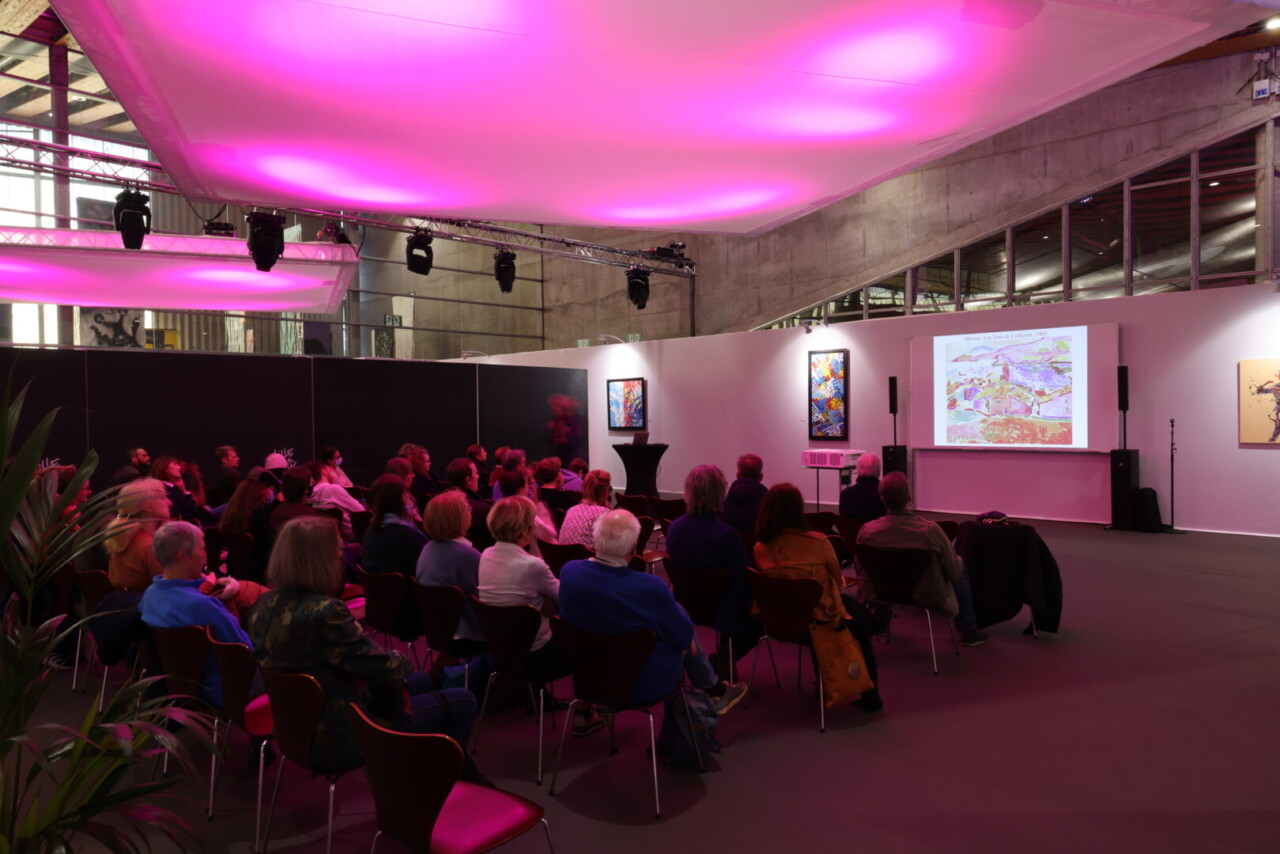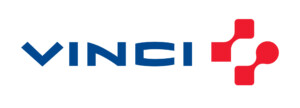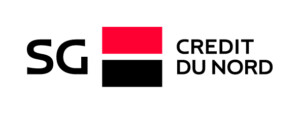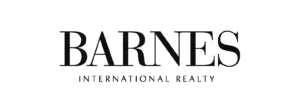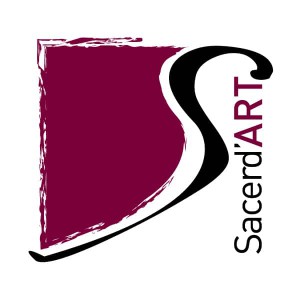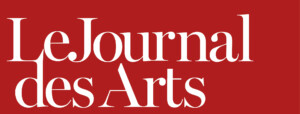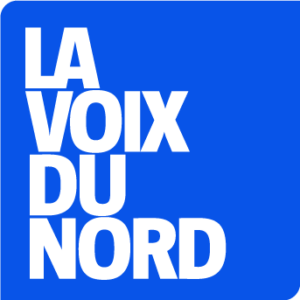le programme
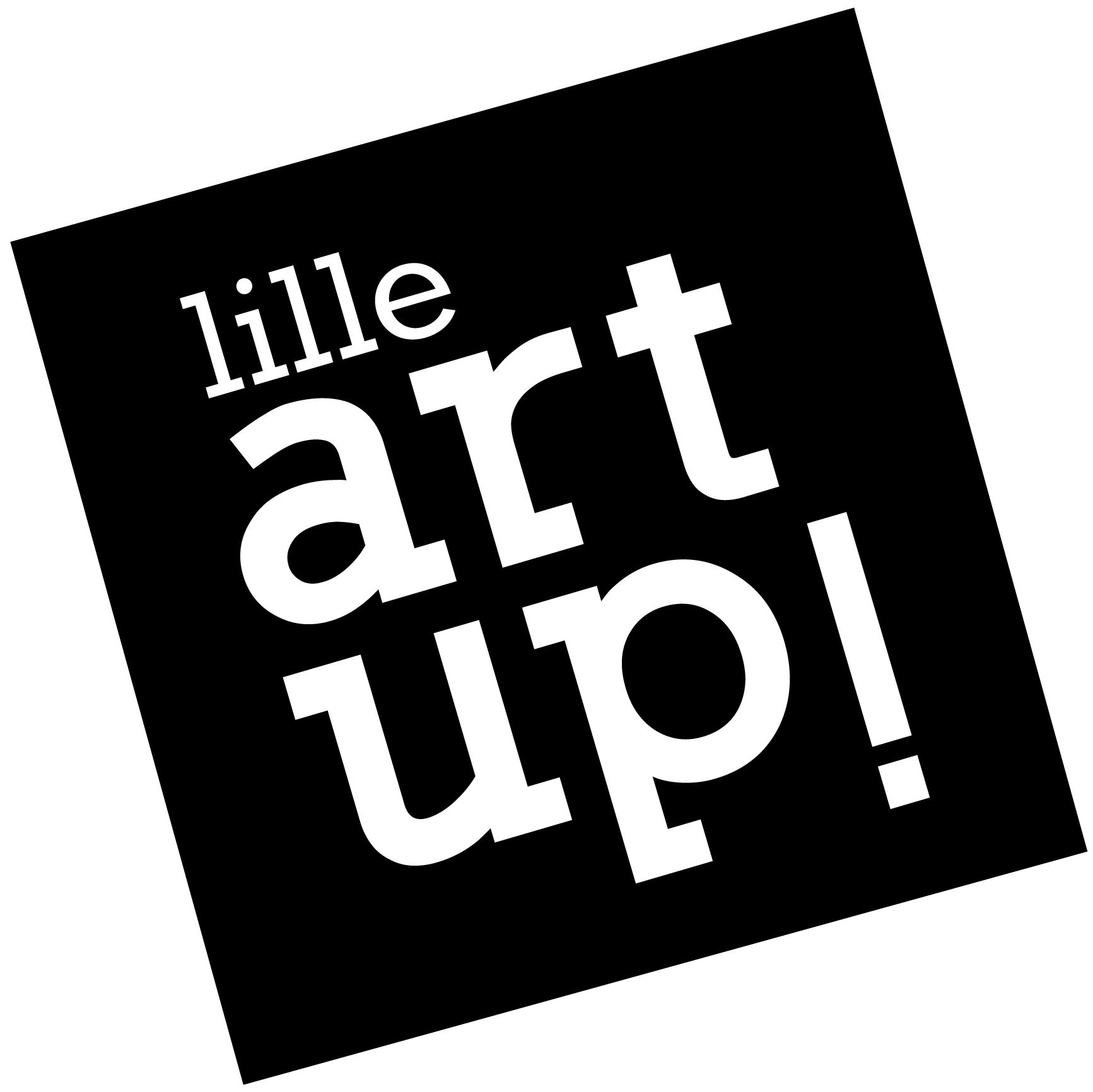
Art and design education at public art colleges in the Hauts-de-France region
Thierry Heynen, Managing Director of the Ecole supérieure d'art | Dunkerque-Tourcoing and Stephen Touron Director of the Ecole d'art du Calaisis Le Concept and co-President of APPEA.
Friday 14 March at 2.30pm, 45 minutes
POLARIS is a network of the region's public art colleges. But what is a public art college? What is a public preparatory school? What are the differences with private schools? What's the difference between a school in Amiens and one in Tourcoing, Cambrai or Dunkirk?
“Abstractions”, presentation of the 20th century gallery at the Palais des Beaux-Arts, Lille
Alice Fleury, Collections Director, Palais des Beaux-Arts, Lille.
Friday 14 March at 3.45pm, 45 minutes
This presentation will focus on the current hang of the Palais des Beaux-arts gallery devoted to the 20th century. This space brings together important figures in painting from the second half of the 20th century, who have broken away from the major currents of abstraction to chart their own course (Pierre Soulages, Olivier Debré, Martin Barré, Marc Devade and Géneviève Asse). For this exhibition, the Palais des Beaux-Arts has combined its collection with works from the LaM, Lille Métropole Musée d'art moderne, d'art contemporain et d'art brut, currently closed for renovation.
Anish Kapoor: the art of sublimating matter
Amélie Sabatier, art historian and tour guide
Friday 14 March at 5pm, 45 minutes
‘I think of myself as a painter who is a sculptor’. By moving closer to his Indian roots, Anish Kapoor discovered a culture where colour is matter. It fills lives, nourishes the body and the spirit. He made it the raw material of his work, using pigments and other coloured materials to show us more than just a simple appearance, transporting us into a world where the material and the spiritual intertwine. ‘It seems to me that very little has been done based on Indian culture as a phenomenon. I mean from its essence, perhaps from its material, from what India really is, in depth, and from the medieval character of its culture, i.e. the fact that even everyday gestures have a mythological, symbolic significance. It was a way of imbuing the materials and colours I was working with with a real story, a psychological story.’
The Matossian collection at the Mont-de-Piété museum in Bergues
Patrick Descamps, Director of the Musée du Mont-de-Piété in Bergues and Hélène Bugel, President of the Matossian Foundation. Moderated by Françoise Objois, journalist.
Saturday 15 March at 2.30pm, 45 minutes
This collection was built up by a couple of passionate art lovers, Jeanne and André Matossian, between the early 1950s and the mid-2000s. Between them, they amassed a rich collection of 526 paintings, sculptures, engravings and drawings. It includes works by Sergio Storel, Olivier Debré, Robert Coutelas, Bernard Saby and Roger-Lambert Loubère. Their collection was donated to the town of Bergues in 2022 for display in the Musée du Mont-de-Piété.
Judith Rothchild, ‘Lumières noires’: exhibition at the Musée du Dessin et de l'Estampe originale in Gravelines
Judith Rothchild, painter/engraver and Virginie Caudron, director of the Musée du Dessin et de l'Estampe originale, Gravelines. Moderated by Françoise Objois, journalist.
Saturday 15 March at 3.45pm, 45 minutes
Judith Rothchild will be talking about her 28 years of black etching at her retrospective at the Musée de Gravelines (until 25 May 2025). The manière noire is a very attractive technique, but one that is mysterious and rare in this day and age. She will talk about her research into light, the poetry of everyday life and how to make contemporary art using a 17th-century technique.
Ladislas Kijno, the mystery of the iceberg
Catherine Declercq, Head of the Kijno Donation, Noeux-les-Mines, Communauté d'Agglomération de Béthune-Bruay Artois Lys Romane.
Saturday 15 March 2025 at 5pm, 45 minutes
Ladislas Kijno (1921-2012), an internationally-renowned painter, humanist and visionary, described himself as a diver, archaeologist and explorer, seeking to unravel the mystery of the world. He compared the world to an iceberg, 4/5ths of which is submerged and therefore invisible. All his work bears witness to this quest, which he invites us to share: to discover and marvel, to denounce the dark side of Humanity and to invite everyone to take the Great Men as models. Considering himself a ‘maverick’, nourished by his travels, studies and encounters, and passionate about prehistory, he invents or develops innovative techniques to serve his committed messages: crumpling, graffiti and coulures.
There's plenty for artists to create!
Blandine Raynaud, art historian and storyteller, guide and lecturer at the Museums of France, art history trainer at the IFP Hauts-de-France.
Sunday 16 March at 11.30am, 45 minutes
If there's one area where creativity and inventiveness know no bounds, it's contemporary art! ‘It's strange ... it looks like it's soft’, “Oh, but the painter has made paint pies”, “Creating a work with that, what a funny idea” ... these are just some of the phrases you might hear from young and old alike when you come across a contemporary art exhibition! So come and discover how contemporary artists work with and divert materials to challenge us all!
Eugène Leroy. One with matter
Mélanie Lerat, Director and Curator of the MUba Eugène Leroy.
Sunday 16 March at 2.30pm, 45 minutes
A meeting-discussion on the theme of matter in Eugène Leroy's work, a robust and ethereal material, a quest and a challenge, his ‘misery’ in his own words.
Art for impact and change. When freeing matter creates a language and becomes a vehicle for commitment.
Moderated by Marie-Aude Tran - Trifolium, Round table discussion with Quentin Carnaille, visual artist, Jonathan Vandromme, painter, Elodie Patte, chief engineer at the Ministry of Ecology, Biodiversity, Forestry, Sea and Fisheries.
Sunday 16 March at 5pm, 45 minutes
The raw material - canvas, clay, metal, wood or pigments - seems inert at first glance, but in the hands of the artist, the material is set free, becoming a powerful language, a vehicle for emotions and stories, a starting point for reflection and transformation. This round table explores how the artist, whether painter, sculptor or visual artist, redefines matter to give life to works that challenge, touch emotionally and inspire action.
